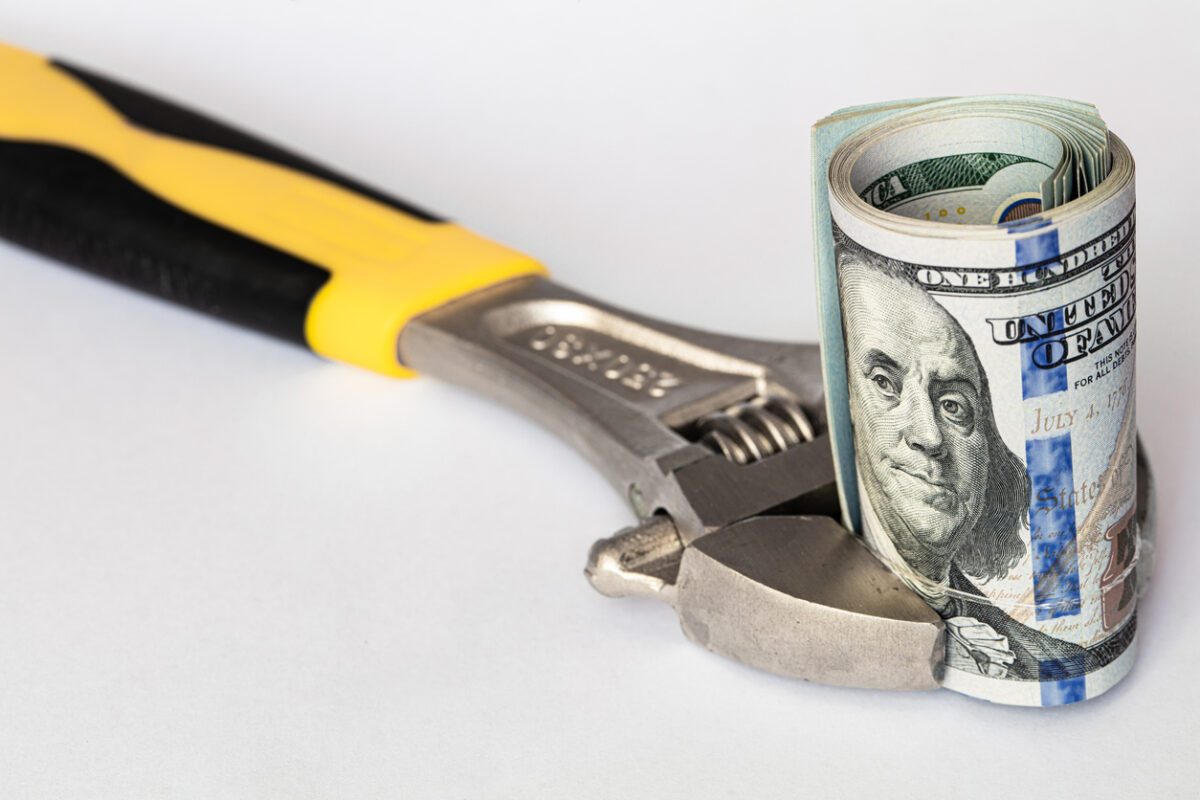In the competitive world of real estate investing, securing favorable financing can make or break your fix and flip project. Hard money loans offer speed and flexibility that traditional financing can’t match, but not all terms are created equal. Here’s how to position yourself for the best possible fix and flip loan.
Know Your Numbers Inside and Out
Lenders respect preparedness. Before approaching any hard money lender, have a comprehensive breakdown of:
- Purchase price with comparable properties
- Detailed renovation budget (including a 10-15% contingency)
- Realistic timeline for completion
- Conservative ARV (After Repair Value) with supporting comps
- Clear exit strategy
When you demonstrate a thorough understanding of your project’s economics, lenders view you as a lower risk and may offer better terms. Remember, hard money lending is primarily asset-based, but your professionalism and business plans matter.
Build Relationships Before You Need Them
Not surprisingly, the best terms often come from trusted, established relationships. Connect with reputable hard money lenders in your market before you have a deal under contract. This approach allows you to:
- Compare terms across multiple lenders
- Evaluate accessibility and responsiveness to questions
- Understand their specific preferences and requirements
- Establish credibility as a serious investor
- Create competition for your business
Many borrowers find that after completing several successful projects with the same lender, their terms improve substantially as trust develops.
Leverage Your Track Record
If you’re a newcomer, this is something to work toward. For the veteran, nothing legitimizes your business more than past success. If you’ve successfully completed fix and flip projects, document them meticulously. Create a portfolio showing:
- Before and after photos
- Purchase and sale prices
- Renovation costs
- Timeline from purchase to sale
- Return on investment
A proven track record demonstrates your ability to execute, potentially qualifying you for lower interest rates, reduced origination fees, or higher LTV (Loan-to-Value) ratios on your fix and flip loan for future projects.
Understand the True Cost of the Loan
Don’t focus solely on the interest rate. Consider the total cost including:
- Origination fees (typically 0-2 points)
- Draw process and associated fees
- Prepayment penalties
- Extension fees
- Minimum interest periods
Sometimes, a loan with a slightly higher interest rate but no origination fees might be less expensive for a short-term project.
Negotiate from Strength
Timing is everything. If you bring a strong deal with a tight deadline, be upfront about your timeline, but don’t appear desperate. Have a backup lender ready, and don’t be afraid to mention your shopping terms (respectfully).
Key negotiation points include:
- Interest rate
- Origination fees
- Draw schedule flexibility
- LTV/ARV percentages
- Prepayment terms
The Value of Speed and Reliability
Remember that the cheapest loan isn’t always the best loan. A lender who can fund quickly, flexibly, and reliably when you find an exceptional deal provides value that may justify slightly higher costs. In competitive markets, the ability to close rapidly can help you secure properties at better prices.
In today’s market, successful investors know that building strong relationships with responsive, reliable hard money lenders is just as important as finding the right properties. By demonstrating your professionalism and reliability, you position yourself to receive the best possible terms for your fix and flip projects.

